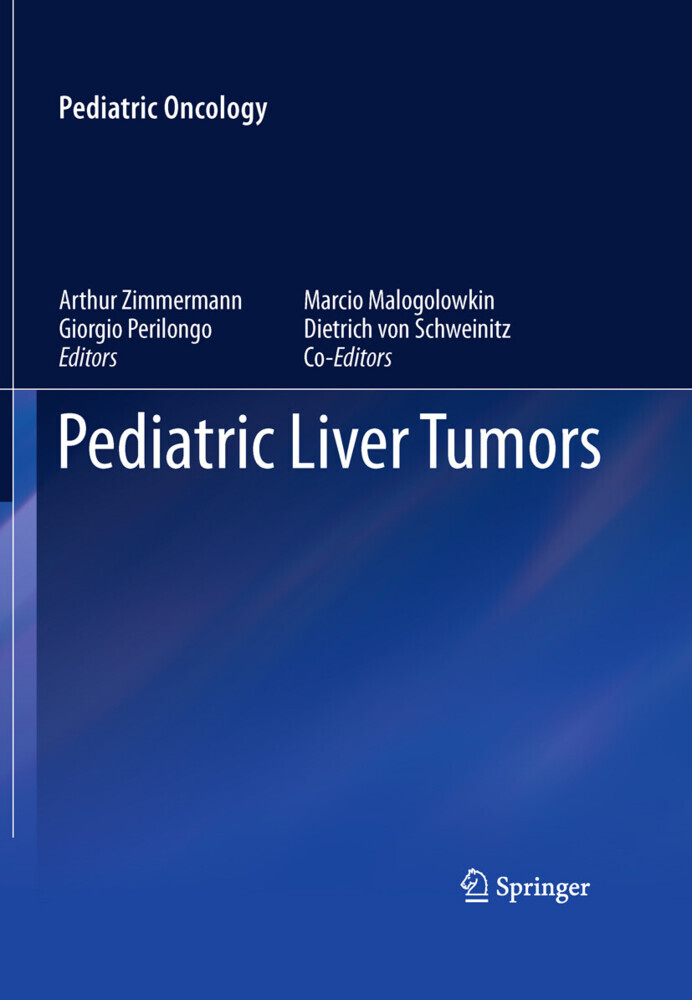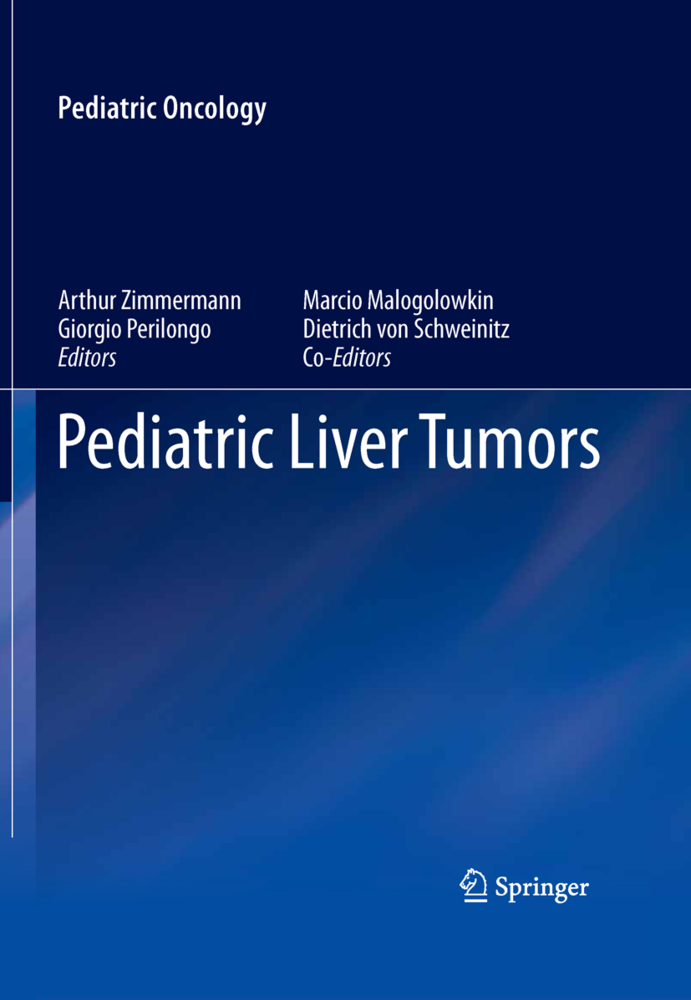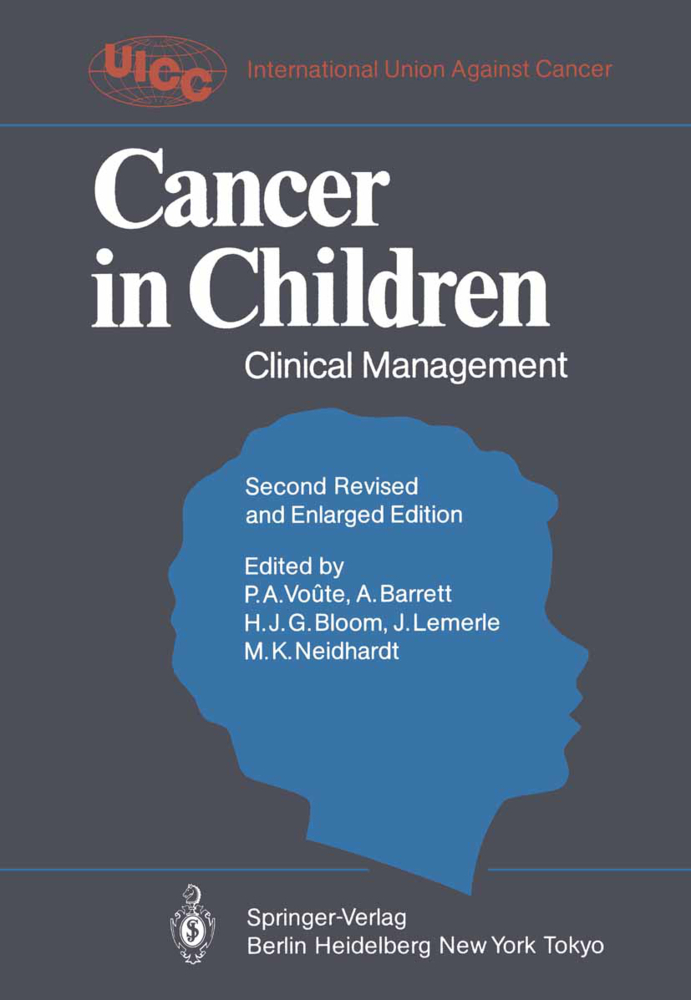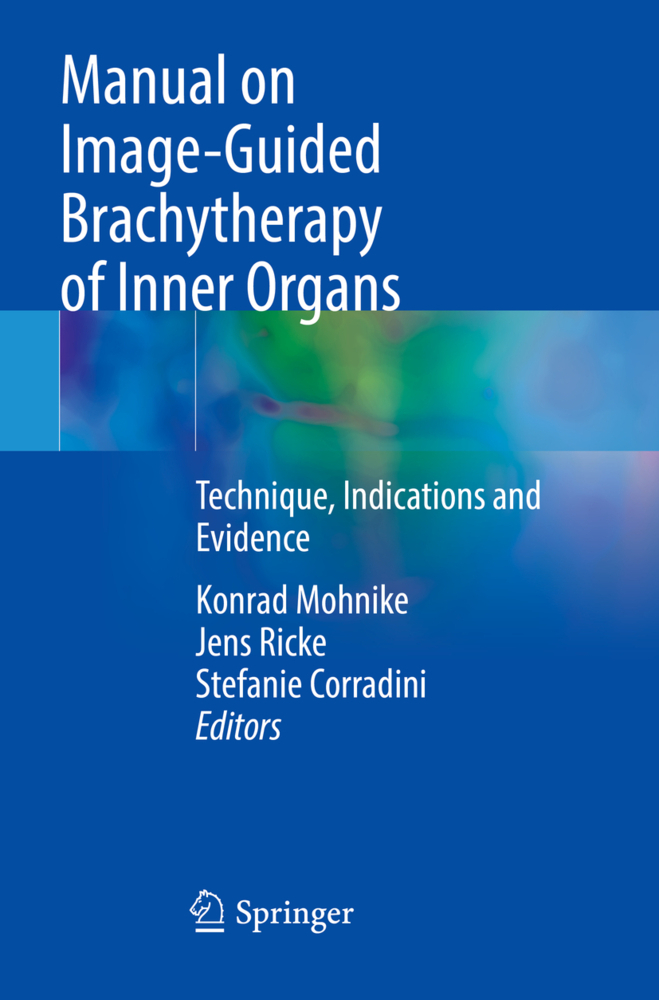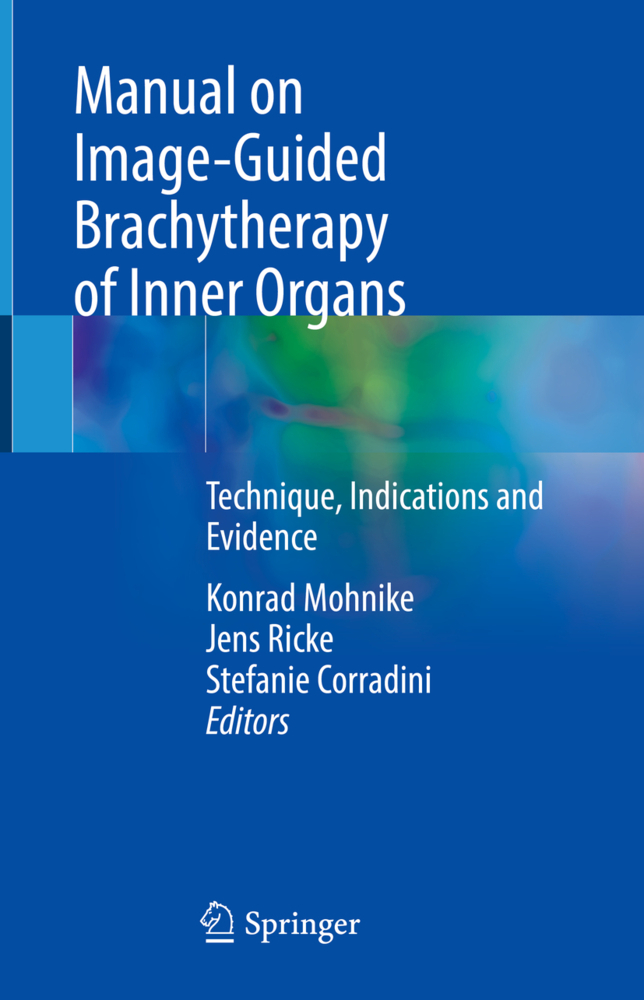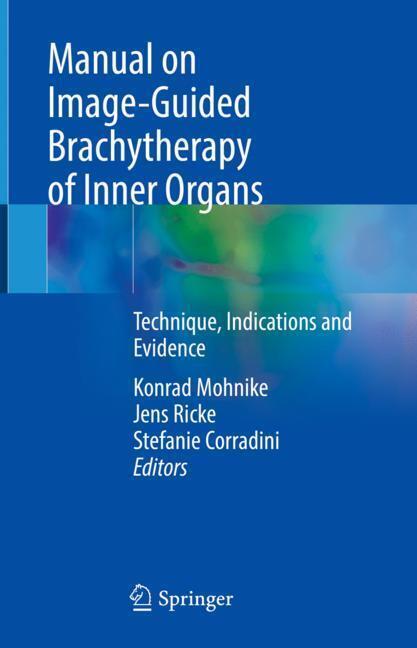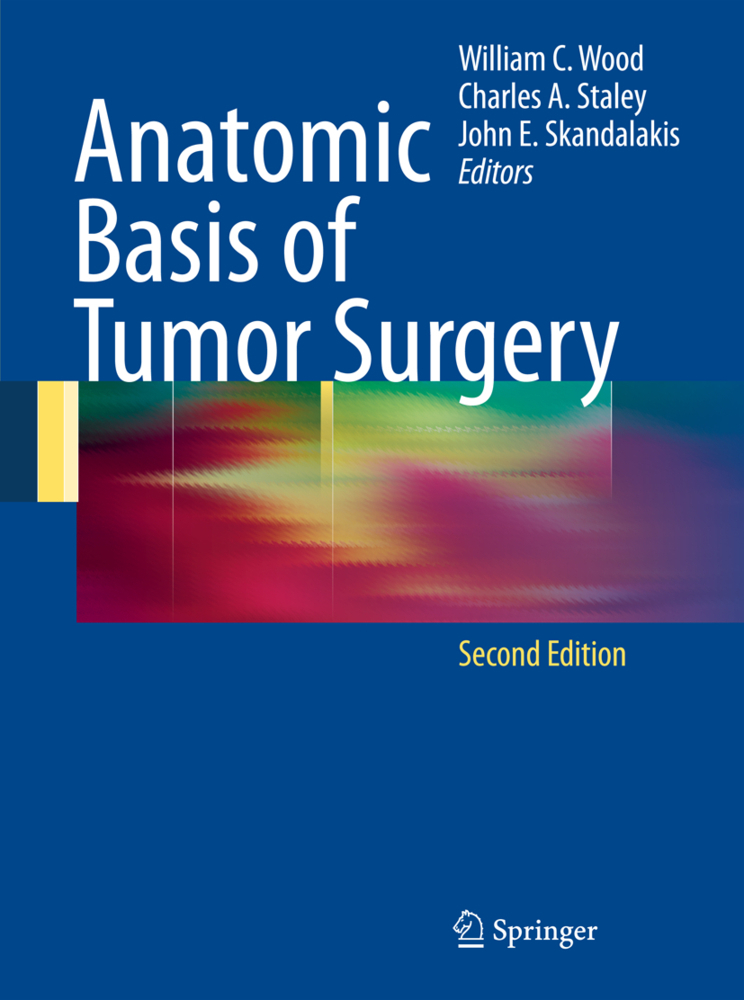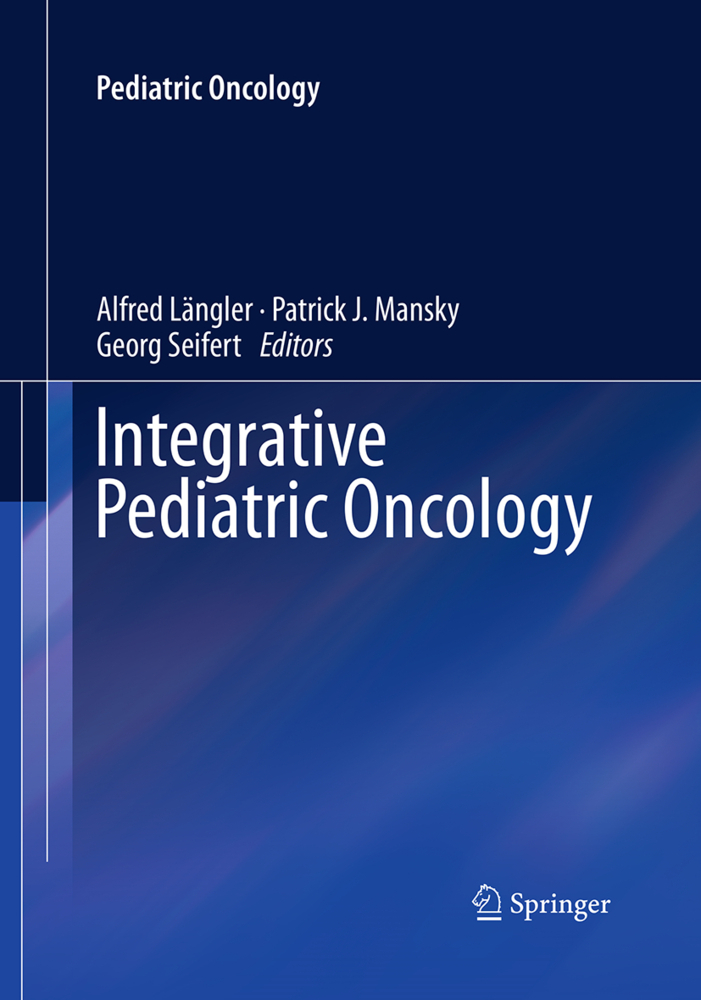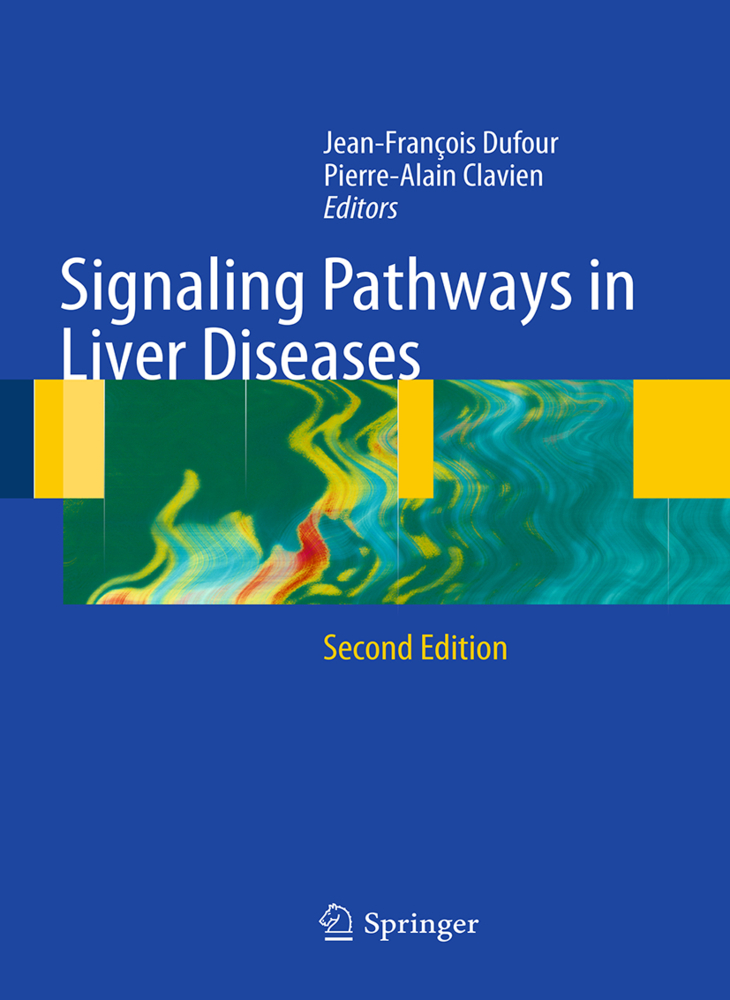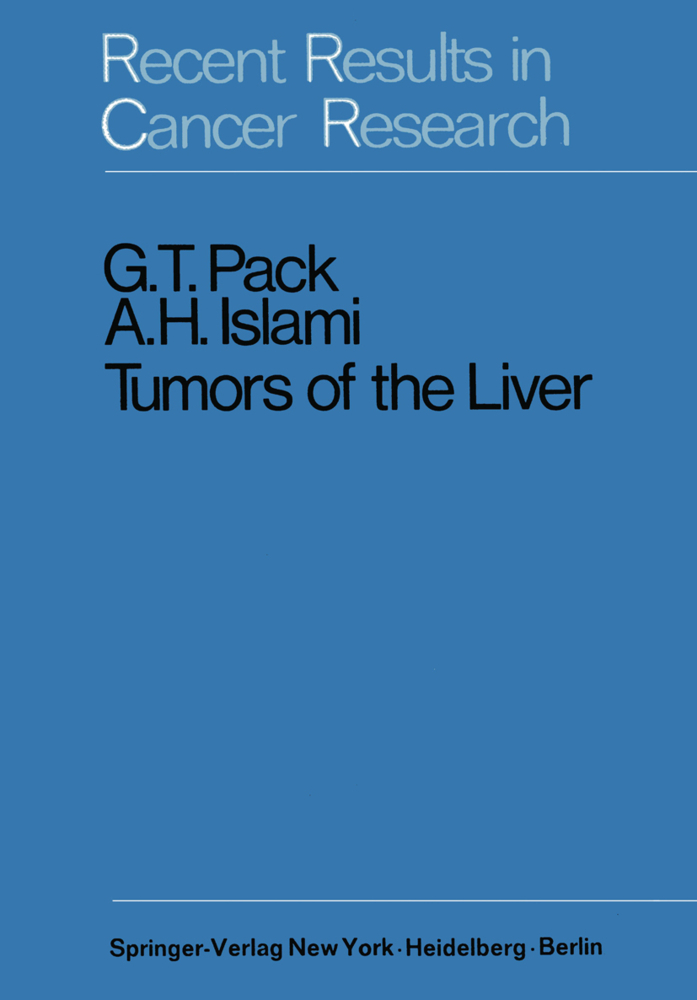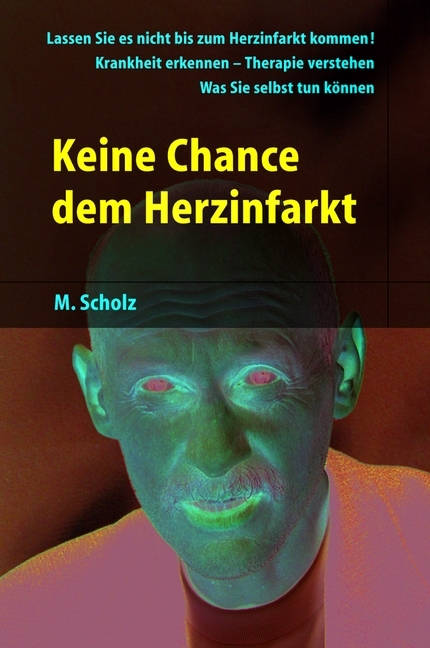The field of liver tumors in children has seen tremendous therapeutic advances over recent years. This has been achieved through a much better understanding of the biology of disease, improved diagnostic procedures, refined methods of pretreatment tumor staging, the implementation of highly efficient chemotherapy and surgery, detailed monitoring of toxicity, and careful follow-up strategies. International controlled trials have played a key role in these advances, and many leading figures in the trials are among the editors and authors of this book. Their principal goal in Hepatic Tumors in Children is to provide the reader with a complete update on this complex and rapidly evolving field. All aspects of an impressive success story are covered, disclosing how the outcome of a previously devastating disease has been so dramatically improved. This book will prove essential reading for all who are involved in the care of children with liver tumors.
Prof.Dr.med.em Arthur Zimmermann graduated in Medicine at the University of Berne, Switzerland. He attended the local Pathology Residency Program, followed by several years of experipmental basic research in the fields of cancer cell cycle mutants and mechanisms of leukocyte and cancer cell motility. As chief of staff and then head of the division of surgical pathology at the University of Berne he specialized in hepatobiliary and pancreatic tumor pathology, where he became the author and coauthor of more than 500 publications. Until July 2009, Prof. Zimmermann was Acting Director of the Institute of Pathology of the University of Berne. As an expert in pediatric liver tumors he is an international consultant and holds the Pathology Review Center for the International Childhood Liver Tumor Study Group ( SIOPEL ). Prof. Giorgio Perilongo graduated in Medicine in 1980 at the University of Padua, Italy; he then attended the local Pediatric Residency program for then completing his post-graduate education with a fellowship in Hematology-Oncology first and in Neuro-Oncology thereafter at the Children's Hospital of Philadelphia. Presently he is the Chairman of the Department of Pediatrics of the University Hospital in Padua. He was among the founders of the International Childhood Liver Tumor Study Groups (otherwise known as SIOPEL group), the international cooperative research group on childhood liver tumors based in Europe conceived within the umbrella of the International Society of Pediatric Oncology. Within this group is has and he is still playing a very active role. He chaired a series of clinical trials already published in the main international scientific journals.
Prof.Dr.med.em Arthur Zimmermann graduated in Medicine at the University of Berne, Switzerland. He attended the local Pathology Residency Program, followed by several years of experipmental basic research in the fields of cancer cell cycle mutants and mechanisms of leukocyte and cancer cell motility. As chief of staff and then head of the division of surgical pathology at the University of Berne he specialized in hepatobiliary and pancreatic tumor pathology, where he became the author and coauthor of more than 500 publications. Until July 2009, Prof. Zimmermann was Acting Director of the Institute of Pathology of the University of Berne. As an expert in pediatric liver tumors he is an international consultant and holds the Pathology Review Center for the International Childhood Liver Tumor Study Group ( SIOPEL ). Prof. Giorgio Perilongo graduated in Medicine in 1980 at the University of Padua, Italy; he then attended the local Pediatric Residency program for then completing his post-graduate education with a fellowship in Hematology-Oncology first and in Neuro-Oncology thereafter at the Children's Hospital of Philadelphia. Presently he is the Chairman of the Department of Pediatrics of the University Hospital in Padua. He was among the founders of the International Childhood Liver Tumor Study Groups (otherwise known as SIOPEL group), the international cooperative research group on childhood liver tumors based in Europe conceived within the umbrella of the International Society of Pediatric Oncology. Within this group is has and he is still playing a very active role. He chaired a series of clinical trials already published in the main international scientific journals.
1;Pediatric Oncology;1 1.1;Copyright Page ;3 1.2;Foreword;4 1.3;Contents;7 1.4;Contributors;9 1.5;1: Introduction;11 1.6;2: Historical Background;12 1.6.1;2.1 Introduction;12 1.6.2;2.2 The Dark Ages;13 1.6.3;2.3 Advent of Printing;13 1.6.4;2.4 Early Children's Hospital;13 1.6.5;2.5 Pioneer Pathologists and/or Their Textbooks;14 1.6.6;2.6 Pioneers in Surgical Anatomy and Liver Surgery;14 1.6.7;2.7 Liver Transplantation;14 1.6.8;2.8 International Oncology Groups;15 1.6.8.1;2.8.1 COG;15 1.6.8.2;2.8.2 SIOP;15 1.6.8.3;2.8.3 SIOPEL (SIOP Epithelial Liver tumors);15 1.6.8.4;2.8.4 IPSO;16 1.6.8.5;2.8.5 SIOP ASIA;16 1.6.8.6;2.8.6 PODC (Pediatric Oncology in Developing Countries);16 1.6.8.7;2.8.7 EONS (European Oncology Nursing Specialists);16 1.6.9;2.9 National Pediatric Oncology Societies;16 1.6.10;2.10 Clinical Liver Trials;17 1.6.11;2.11 Conclusions and Future Outlook;17 1.6.12;References;21 1.7;3: Epidemiology of Pediatric Liver Tumors;24 1.7.1;3.1 Introduction;24 1.7.2;3.2 Descriptive Epidemiology of Pediatric Liver Tumors;25 1.7.2.1;3.2.1 Spectrum and Frequency of Liver Tumors in Children;25 1.7.2.2;3.2.2 International Variations in Incidence;25 1.7.2.3;3.2.3 Time Trends in Incidence;27 1.7.3;3.3 Analytical Epidemiology of Hepatoblastoma and Hepatocellular Carcinoma in Children;27 1.7.3.1;3.3.1 Overview of Environmental Risk Factors;27 1.7.3.2;3.3.2 Very Low Birth Weight and Hepatoblastoma;28 1.7.3.3;3.3.3 Parental Tobacco Smoking and Hepatoblastoma;29 1.7.3.4;3.3.4 Associations with Heritable Cancer Predisposition, Congenital Malformation Syndromes, and Anomalies;29 1.7.3.5;3.3.5 Etiology of Hepatocellular Carcinoma in Children;30 1.7.4;3.4 Implications of Findings from Analytical Studies of Pediatric Liver Tumors;31 1.7.5;3.5 Conclusions;32 1.7.6;References;33 1.8;4: Molecular Aspects of Hepatoblastoma;36 1.8.1;4.1 Introduction;36 1.8.2;4.2 Basics of Hepatoblastoma;36 1.8.3;4.3 Familial Forms of Hepatoblastoma;37 1.8.4;4.5 Altered Developmental Signaling Pathways in Hepatoblastoma;40 1.8.4.1;4.5.1 The Wnt Signaling Pathway;40 1.8.4.2;4.5.2 The Hedgehog Signaling Pathway;42 1.8.4.3;4.5.3 The Insulin-Like Growth Factor Axis;43 1.8.4.4;4.5.4 The Hepatocyte Growth Factor/c-Met Pathway;44 1.8.5;4.6 Epigenetically Altered Tumor Suppressor Genes in Hepatoblastoma;45 1.8.6;4.7 Gene Signatures as Predictors of Outcome;46 1.8.7;References;47 1.9;5: Ontogenetic Aspects of Liver Tumors;52 1.9.1;5.1 Introduction;52 1.9.2;5.2 Liver Ontogenesis: Pathways from Endoderm to Liver;52 1.9.2.1;5.2.1 Generation of the Hepatoblast and Hepatocyte Lineages;52 1.9.2.2;5.2.2 Development of the Cholangiocyte Lineage and the Bile Duct System;53 1.9.3;5.3 Stem Cells in the Pathogenesis of Hepatoblastomas;54 1.9.4;5.4 Undifferentiated Epithelial Hepatoblastomas and the Rhabdoid Cell/INI1 Connection;55 1.9.5;5.5 Beyond Hepatoblasts: Tumors with More Differentiated Liver Cell Lineages;56 1.9.6;5.6 Bimodal Differentiation: Cholangioblastic Hepatoblastomas and Ductal Plate Tumors May Recapitulate Early Steps of Hepato;56 1.9.7;5.7 Epithelial-Mesenchymal Transition as a Pathogenic Mechanism in Mixed Hepatoblastomas and Related Tumors;57 1.9.8;5.8 Conclusion;58 1.9.9;References;58 1.10;6: Translational Investigations of Liver Tumors: Sampling Strategies and Banking;61 1.10.1;6.1 Introduction;61 1.10.2;6.2 SIOPEL Liver Tumour Storage Programme;62 1.10.2.1;6.2.1 Tumor Tissue Collection;62 1.10.2.2;6.2.2 Tumor Tissue Storing;63 1.10.2.3;6.2.3 Tumor Tissue Distribution;64 1.10.3;6.3 Discussion;65 1.10.4;References;65 1.11;7: Clinical Presentation and Diagnosis;67 1.11.1;7.1 Malignant Liver Tumors;67 1.11.1.1;7.1.1 Age at Diagnosis;67 1.11.1.2;7.1.2 Clinical Symptoms;68 1.11.1.3;7.1.3 Laboratory Investigations;68 1.11.1.4;7.1.4 Imaging;70 1.11.1.5;7.1.5 Biopsy;70 1.11.2;7.2 Benign Tumors;70 1.11.2.1;7.2.1 Vascular Tumors;70 1.11.2.2;7.2.2 Mesenchymal Hamartomas;71 1.11.2.3;7.2.3 Focal Nodular Hyperplasia;71 1.11.2.4;7.2.4 Adenoma;71 1.11.3;7.3 Conclusion;71 1.11.4;Ref
Zimmermann, Arthur
Perilongo, Giorgio
Malogolowkin, Marcio
Schweinitz, Dietrich von
| ISBN | 9783642145049 |
|---|---|
| Artikelnummer | 9783642145049 |
| Medientyp | E-Book - PDF |
| Auflage | 2. Aufl. |
| Copyrightjahr | 2011 |
| Verlag | Springer-Verlag |
| Umfang | 232 Seiten |
| Sprache | Englisch |
| Kopierschutz | Digitales Wasserzeichen |

